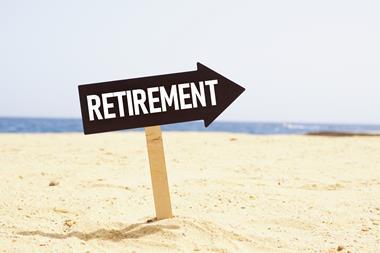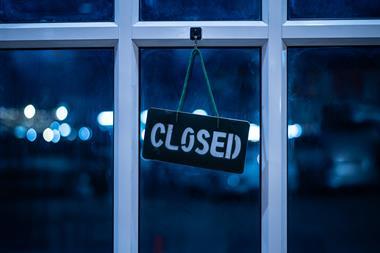Reinsurance
What they predicted
Tony Lancaster: "We are already seeing substantial rise in reinsurance rates, a drive towards larger net lines and a real squeeze on the capacity and extent of cover available."
Paul Asplin: "The industry will see the full impact of the changes in reinsurance scope and premium levels as a result of 11 September. This will have a significant effect on pricing and levels of cover provided."
Dennis Mahoney: "The major impact will come from the January 2002 reinsurance treaty renewals, which will set the scene for coverage, capacity and pricing..."
The reality The impact of 11 September resulted in many of the January 2002 renewal negotiations being concluded late - up to six weeks in some cases. As a result some insurers were forced to take out bridging covers - at the same premium as would have been charged for an annual cover.
But reinsurance rates did not rise as much as feared, although increases were felt across the board, leaving many insurers feeling they had been punished despite having good claims histories.
The major feature of the new treaties was a restriction of coverage. Reinsurers stopped offering unlimited treaties thereby requiring insurers to purchase expensive multi-layer programmes. Wider exclusions, limits on reinstatements and increased use of event limits were also imposed. And deductibles increased significantly.
This changing reinsurance environment not only led to an increase in primary rates, but also a tightening of cover in line with treaty arrangements.
Verdict: An accurate assessment
Profitability
What they said
Andrew Paddick: "If there are no major catastrophes, 2002 could be a profitable year for most insurers..."
The reality 2002 produced a mixed bag of results for insurers. Among the winners were Aviva, Wellington and Kiln. Although Lloyd's operators should be reporting good profits for this year of trade.
Aviva's operating profits for the first six months of 2002 rose by 13% to £480 from £427m in 2001. In the same period, Wellington pushed its operating profits back into the black to £7.8m from a 2001 loss of £0.2m. And Kiln saw its 2001 half-year profits of £1.4m eclipsed by its 2002 result of £6.9m.
Other insurers did less well. Royal & SunAlliance's operating profit fell by £66m to £301m in the second half of 2002, despite an improvement of 25% on its underwriting result. And AXA Group's net income fell by nearly a third during the same period to a total of ¤840m (£537.6m).
Rates have been escalating for most property and casualty lines. Personal lines rates have failed to increase much this year.
Verdict: A fair assessment.
Regulation
What they said:
Philip Bland: "Regulation and the threat of further regulation will send ripples through the marketplace."
The reality
In a year when the long-awaited Tiner report was published and the EU Insurance Mediation Directive was finally implemented, regulation was a hot-topic of debate.
Lloyd's faced losing its 300-year-old right to self-regulation as the FSA set its sights on imposing tough new controls.
And brokers were left floundering in uncertainty over the nature of their regulation by the FSA. What would be the cost of regulation? Will commission need to be disclosed? How would the authorisation process work? How would GISC membership be credited?
Verdict: The ripples that Bland predicted were more like waves.
Capacity
What they said
Mike Williams:
"The industrywill be most affected by lack of capacity with the resulting increases in premium and potential for severe restrictions in cover."
Philip Bland: "On the general side, it would be an increase in rates and capacity and a realisation that shareholders will be demanding profits."
Grahame Chilton: "The biggest impact will be the shortage of capacity"
The realityCapacity and rising rates were major issues for the industry last year.
The problem has reached crisis levels in the EL market, where rates have risen by as much as 1,000%. Some businesses have been unable to obtain cover and have ceased trading or are trading illegally.
AXA estimates that 210,000 businesses are trading without EL cover and 16,000 businesses have no insurance cover at all. Trade bodies are currently lobbying the government for a solution to the problem.
The problem has been particularly marked at Lloyd's where market consolidation, and rising premiums have eaten away at syndicates' capacities. Capital raising programmes have alleviated some of the difficulties.
Other lines of business that have also been affected include: public liability, D&O and professional indemnity.
Verdict: An accurate forecast.
Hosted by comedian and actor Tom Allen, 34 Gold, 23 Silver and 22 Bronze awards were handed out across an amazing 34 categories recognising brilliance and innovation right across the breadth of UK general insurance.













































